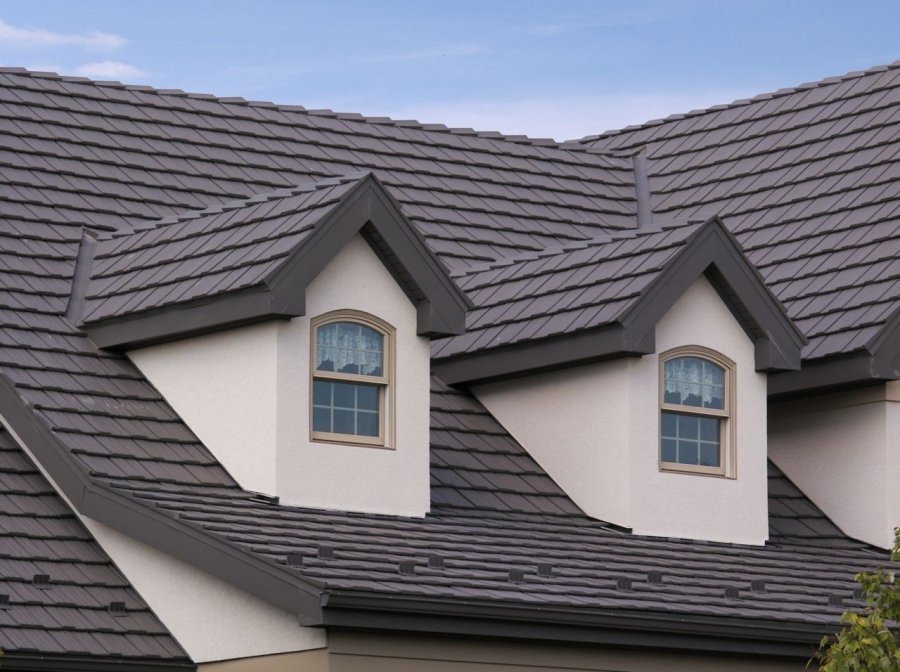Innovations In Roofing Manufacturing: Paving The Way For Sustainable And Durable Solutions

The roofing manufacturing industry has undergone significant transformations in recent years, driven by advancements in technology, environmental concerns, and the demand for more durable and energy-efficient materials. As the global construction sector continues to expand, roofing manufacturers are at the forefront of innovation, developing products that not only protect buildings from the elements but also contribute to sustainability and energy savings.
The Evolution of Roofing Materials
Traditionally, roofing materials such as asphalt shingles, clay tiles, and metal sheets dominated the market. While these materials remain popular, manufacturers are now focusing on enhancing their properties to meet modern demands. For instance, asphalt shingles are being engineered with reflective coatings to improve energy efficiency, while metal roofs are being treated with advanced coatings to prevent corrosion and extend their lifespan.
One of the most notable trends in roofing manufacturing is the rise of synthetic materials. Products like polymer-based shingles and rubber roofing tiles are gaining traction due to their lightweight nature, durability, and ability to mimic the appearance of natural materials. These synthetic options often come with longer warranties and require less maintenance, making them an attractive choice for homeowners and commercial builders alike.
Sustainability in Roofing Manufacturing
Environmental sustainability has become a key priority for roofing manufacturers. The industry is increasingly adopting recycled materials in production processes, reducing waste, and lowering the carbon footprint of roofing products. For example, some manufacturers are using recycled rubber from tires to create roofing tiles, while others are incorporating post-consumer plastics into shingle production.
Energy efficiency is another critical aspect of sustainable roofing manufacture. Cool roofing technologies, which involve reflective surfaces that reduce heat absorption, are becoming more prevalent. These roofs help lower indoor temperatures, reducing the need for air conditioning and cutting energy costs. Additionally, green roofs—roofs covered with vegetation—are gaining popularity in urban areas for their ability to improve air quality, manage stormwater, and provide insulation.
Technological Advancements
The integration of technology into roofing manufacturing has revolutionized the industry. Automation and robotics are being used to streamline production processes, ensuring precision and consistency in product quality. Advanced software systems enable manufacturers to design custom roofing solutions tailored to specific architectural requirements.
Another technological breakthrough is the development of smart roofing systems. These systems incorporate sensors and IoT (Internet of Things) devices to monitor roof conditions in real-time. For instance, sensors can detect leaks, temperature fluctuations, or structural weaknesses, allowing for proactive maintenance and preventing costly repairs. Such innovations are particularly valuable for large commercial and industrial buildings where roof maintenance can be challenging.
Designed by sketchbooks.co.kr / sketchbook5 board skin
Sketchbook5, 스케치북5
Sketchbook5, 스케치북5
Sketchbook5, 스케치북5
Sketchbook5, 스케치북5